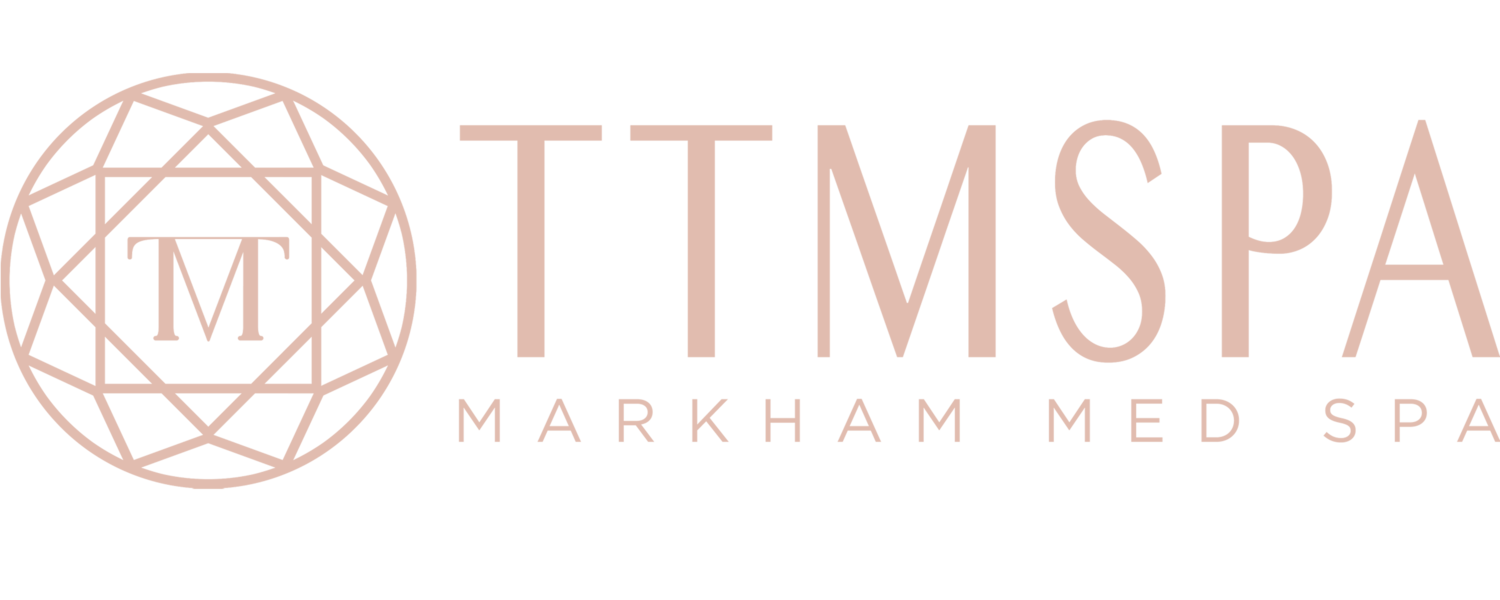
IPL FOTO FACIAL FAQ
What is IPL Fotofacial?
Intense Pulsed Light (IPL) is a non-laser therapy that involves shining highly concentrated and intense beams of light on the surface of the skin.
Photo refers to the beam of light, and facial refers to the face and/or neck region. The pulses of light target pigment and vascular irregularities (rosacea, sun spots etc.), smoothing out the skin’s tone and texture.By stimulating collagen, IPL therapy helps to reduce the effects of aging, leaving clients with younger, clearer, and healthier-looking skin.
It is not to be confused with laser therapy. Whereas laser therapy uses one particular wavelength of light, IPL therapy produces a spectrum of light. What makes IPL different from laser is that it directs a broad-spectrum high intensity light pulse on the skin instead of a more invasive, precisely calibrated laser beam set on a narrower, specific wavelength.
Who is a good candidate for an IPL fotofacial?
Lighter skin tones (Fitzpatrick skin types 1-3) are best candidates from IPL as the light is attracted to a coloured target on skin (ex. a brown spot). In fact, the darker the spot, the better.
IPL is ideal when there is more contrast between the base skin color and the target color. So for example, a dark spot on fair skin will be easier to treat because there is a greater color contrast between the skin and the spot.
Who is NOT a good candidate for an IPL fotofacial?
Darker skin tones (Fitzpatrick skin types 4-6) are not good candidates for IPL treatments. But IPL can still be used with discretion.
The difficulty with darker skin tones is that the skin surrounding the problem area will absorb some of the light, simply because there is more pigment on the skin to attract that light. The surrounding skin can inadvertently be injured and/or the light may leave the skin darker or lighter than it was before.
The trained medical aestheticians will determine your Fitzpatrick Skin Type to assess whether IPL for treating pigmentation is right for you. An accurate determination is crucial for a successful outcome. Luckily, here at TTMSPA we offer a variety of advanced technologies that can treat all skin types. If IPL is not the right fit for you, we have many other treatments that can be performed to reach your desired results!
Other factors that prevent you from undergoing IPL fotofacial include pregnancy, open lesions, skin cancer, and keloid formation (excessive raised scarring).
Is IPL safe?
Yes, it is! When performed correctly by a certified, experienced technician, IPL Fotofacial is both safe and effective.
As a professional medical skin-care clinic, we will not perform any procedures without first assessing a complete medical history, current health condition, and any potential you may have for complications.
What should I expect after my IPL fotofacial?
Unlike laser resurfacing or other skin resurfacing procedures, there is no real downtime with IPL. Your skin may be slightly pink or red right after your treatment, increased visibility and/or changes to pigment may occur, and you may experience mild swelling that should subside in a few days.
Is an IPL fotofacial painful?
Most clients liken IPL to the gentle snap of an elastic band against the skin. Others experience it as a very short pinprick. Although it is not necessary, we apply a topical anesthetic 30 mins before your appointment to minimize any discomfort. Additionally, we cool the skin before, during & after the treatment.
How long is a typical treatment?
A typical treatment can last anywhere from 30 to 60 minutes. Because there is little or no downtime, you can have an IPL fotofacial during your lunch break or between errands.
How is an IPL fotofacial performed?
After the area is numbed, the medical aesthetician will thoroughly cleanse the area & apply a cool gel onto your skin. Then, they apply light pulses from the IPL device to your skin. During your treatment, you’ll need to wear dark glasses to protect your eyes.
How many treatments will I need?
The ideal number of treatments will depend upon the condition of your skin and the issues you wish to address. We usually book a series of 3 to 6 treatments for you to achieve optimum results. A more accurate number of treatments can be evaluated when we assess the skin.
Possible side effects of IPL Fotofacial:
As discussed above, there are a few short term side effects which include redness, swelling, sensitivity and increased visibility and/or changes to pigment.
However, like all technologies, there are a few, but extremely rare, long term side effects that we have never experienced in our clinic. In some rare cases you may experience blistering, bleeding, hyper/hypopigmentation and scarring.
How to prepare for my IPL Fotofacial?
Avoid use of Accutane for six months.
Avoid natural and artificial tanning—including self-tanner and spray tans—for a minimum of four weeks.
Avoid excessive sun exposure/tanning beds as the skin should not be sunburnt or tanned.
Discontinue the use of Retin-A, Retinol, glycolics, bleaching creams, and exfoliants on treatment area one week prior.
Shave any hair present in the treatment area. Men should shave twice to ensure the hair is as short as possible.
Gently cleanse the area, removing all makeup and lotions.
What should I do after my treatment?
Avoid activities that induce excessive sweating—hot tubs, saunas, hot showers, whirlpools, and vigorous workouts—for one to two days.
Apply a cold compress—not ice—to help reduce redness and swelling.
Do not pick or scratch any darkened, pigmented areas that begin to flake.
Avoid natural and artificial tanning—including self-tanner and spray tans—for a minimum of four weeks.
Avoid excessive sun exposure/tanning beds for 1-2 weeks post treatment.
Apply a minimum SPF 40 (UVA/UVB) sunblock every two hours during sun exposure up to eight weeks.
Apply antibiotic ointment if skin is broken or blistering.
Use gentle cleansers with lukewarm water. Do not rub skin vigorously. Moisturizer may be applied.
